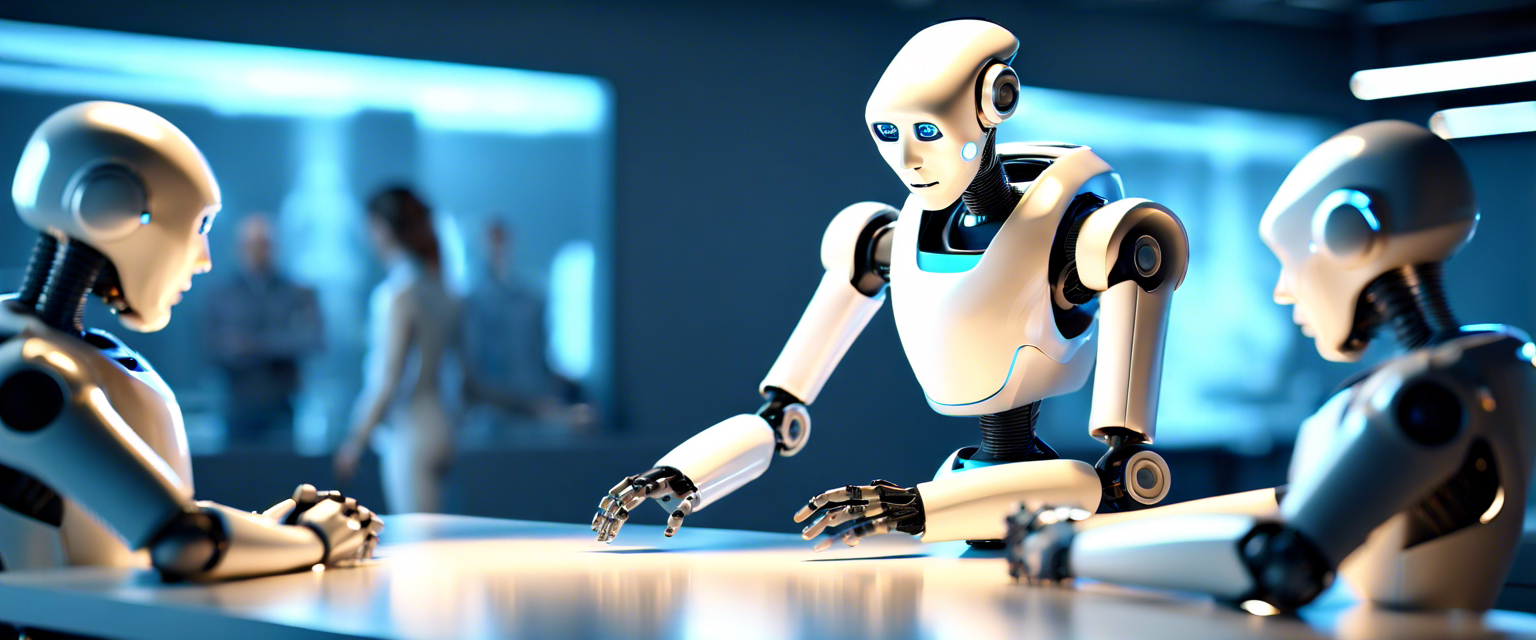Generally, people compare Computer CPU function with human brain function as it is considered as computers brain. It makes all the decisions that a computer takes based upon the input by user. But, truly, It can’t beat human brains.
The perception has been changed now. Researchers from Oxford, Exeter and Münster has developed a microchip that can surpass the power of Human brain. While today’s processors are based upon the electrical impulses, this technology is based upon the light impulses to simulate the human brain function.
The research is published in Science Advances on Wednesday, September 27 2017 and this is being seen as the unlocking of “Holy Grail” of computing. The technology uses light to mimic the functionality of Human brain nerve’s function.
Professor Harish Bhaskaran from Oxford University and who led the team said — “The development of computers that work more like the human brain has been a holy grail of scientists for decades. Via a network of neurons and synapses the brain can process and store vast amounts of information simultaneously, using only a few tens of Watts of power. Conventional computers can’t come close to this sort of performance.”
Professor C David Wright, co-author from the University of Exeter, also explained — “Electronic computers are relatively slow, and the faster we make them the more power they consume. Conventional computers are also pretty ‘dumb’, with none of the in-built learning and parallel processing capabilities of the human brain. We tackle both of these issues here – not only by developing not only new brain-like computer architectures, but also by working in the optical domain to leverage the huge speed and power advantages of the upcoming silicon photonics revolution.”
Professor Wolfram Pernice, a co-author of the paper from the University of Münster added — “Since synapses outnumber neurons in the brain by around 10,000 to 1, any brain-like computer needs to be able to replicate some form of synaptic mimic. That is what we have done here.”
Brain and Computers both can process, manipulate and store information and can process them. But till now, hardwares are not even closure to human brain. In Human brains neurons send chemical tides as impulse through various channels that is called synapses. While Chips send electrical impulses as binary data to process a request.
The team’s artificial synapse is based on structures made of a phase-change material (PCM), that stores and releases significant amounts of energy as it changes from one state to another. Light waves are channelled through the material, with optical pulses switching the PCM in such a way that it mimics a synapse’s plasticity. While the concepts aren’t new, this is the first time the process has been realised in practice.




